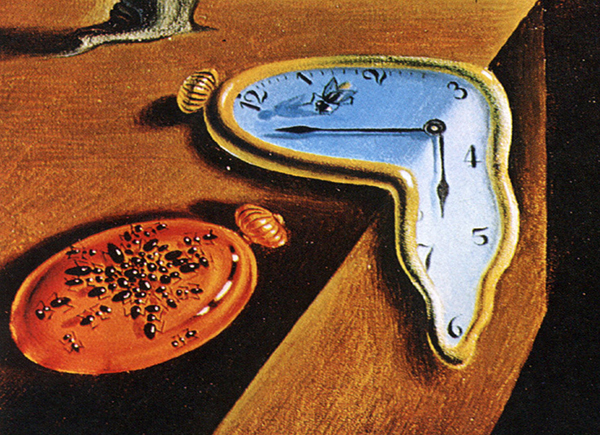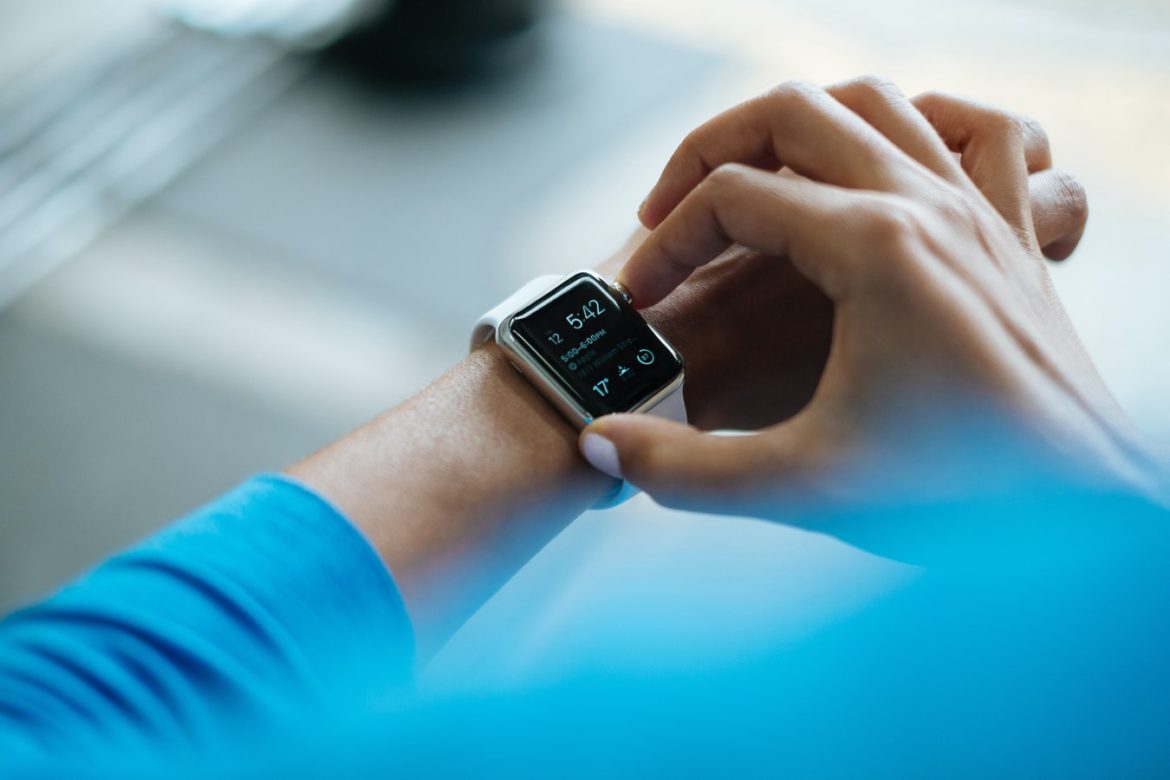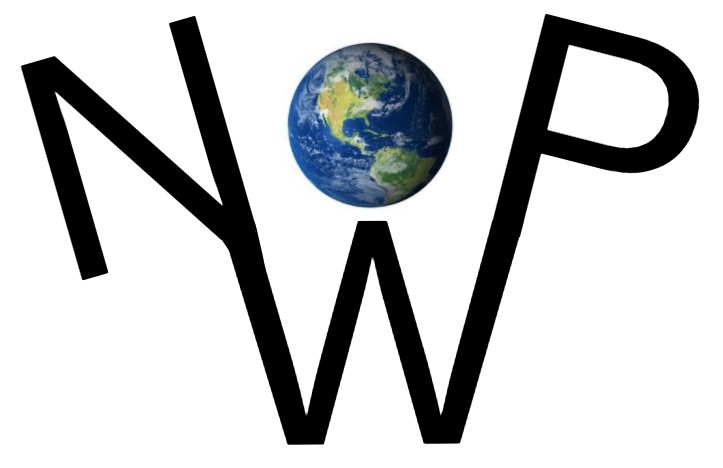“Daylight Saving Time Isn’t Here Yet—But There’s Still Great News. Things are lightening up (a little).” How?
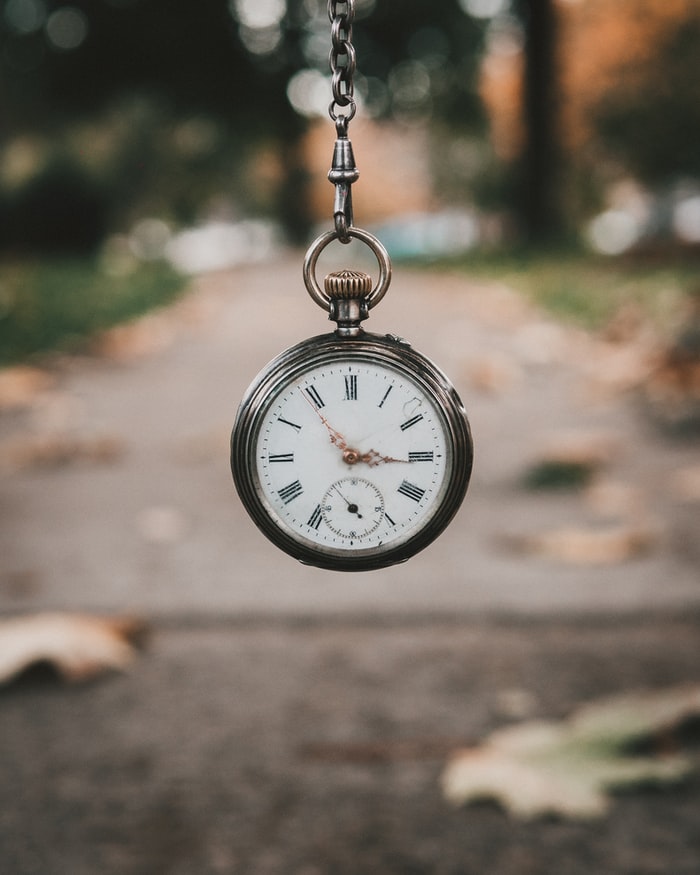
The following written content by Patia Braithwaite
If the 2020 and 2021 news cycle has made one thing clear, it’s that life is nearly impossible to predict these days. But amid the barrage of strange and generally unfavorable news, one thing remains constant: Twice a year, in most of the United States, we change our clocks. And for a few weeks every winter, many of us lament about shorter days and reduced sunlight.
Before we get into the bright spot (there’s good news here, I promise), let’s take a little trip down memory lane. It might surprise you to learn that the United States Department of Transportation (USDOT) oversees things like time zones and daylight saving time (DST). The USDOT maintains that, by moving our clocks forward one hour during warmer months and one hour back during cooler months, we save energy by shifting our electricity usage accordingly.
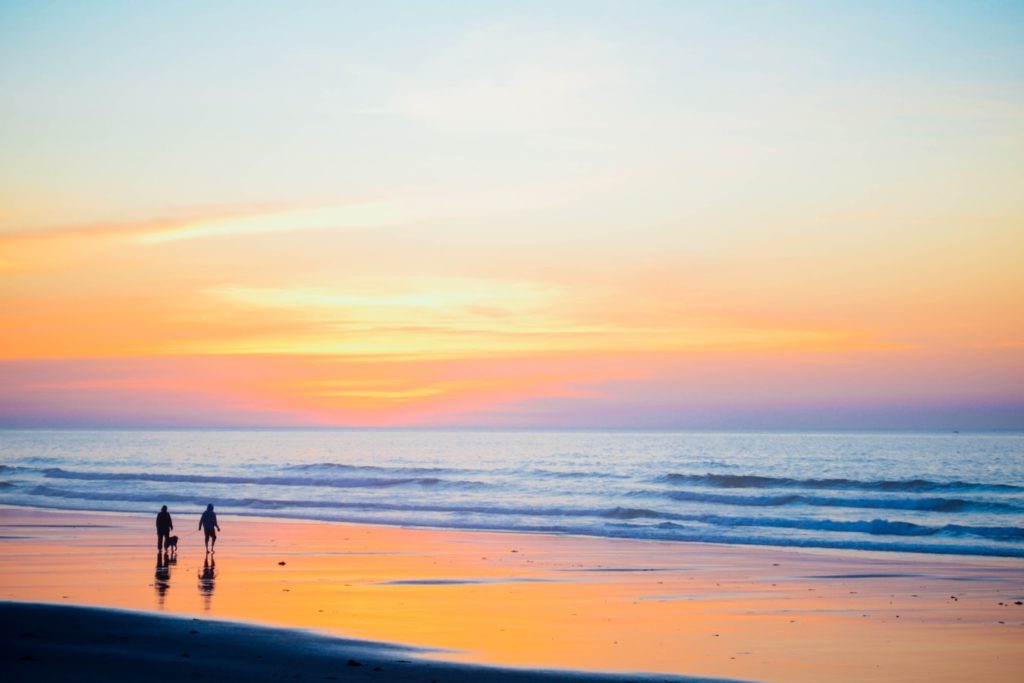
Additionally, the USDOT says that DST saves lives by preventing traffic injuries because people can go about more of their activities during daylight. The Uniform Time Act of 1966 made it possible for states to exempt themselves from DST (and many states and territories, including Hawaii, parts of Arizona, American Samoa, Guam, Puerto Rico, and the Virgin Islands don’t observe it), according to the USDOT. Still, if your state or area changes clocks twice a year, they’re required to adhere to the federally mandated date and time for making those changes, the USDOT explains.
The controversy surrounding DST has been alive for decades, according to the Farmer’s Almanac. In 2019, the United States Senate introduced a bill called the Sunshine Protection Act that would make turning clocks back a thing of the past. And in 2020, the American Academy of Sleep Medicine (AASM) published its position on the matter in the Journal of Clinical Sleep Medicine.
The organization stated that, while there are benefits around conserving energy, DST isn’t the greatest thing to happen to our overall health. Seasonal time changes don’t coincide with our circadian rhythm—the internal clock that governs our sleep-wake cycle—and some research has even found an association between that misalignment and an increased risk for cardiovascular disease and other health conditions, according to the AASM.
Advertisement
Here’s the thing. While some people find changing clocks annoying every year, last year—when many of us were pretty homebound—the time change might’ve seemed more difficult than usual. If you live somewhere with colder winters, the time change might’ve signaled the end of the outdoor activities that got you through the summer months. Or, if you deal with seasonal depression, the pandemic might’ve made it harder to reach for your usual coping strategies.
Still, I’m here with a bit of good news: Even without abolishing daylight saving time, nature is giving you a little more light every day if you live in the Northern Hemisphere. Read more from Self.
